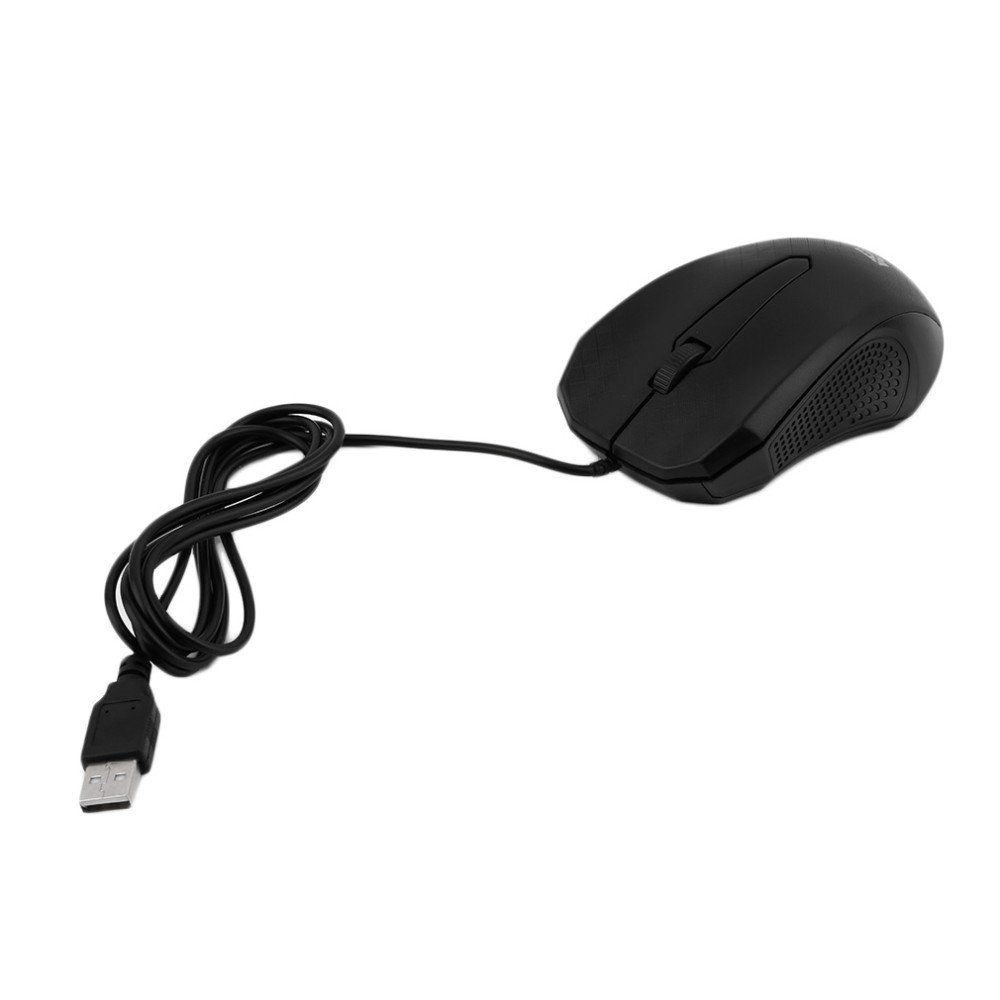

To allow that, Ratpoison lets you split your screen into frames or tiles and launch an application within each space.
#TECHNOLOGY FOR MOUSELESS CLICKING FREE#
You're free to use Ratpoison as a full-screen viewscreen, but most of us are used to seeing more than one window at a time. To cycle through all open windows, use C-t n for next and C-t p for previous. This is a toggle, like the default (at least in KDE and GNOME) behavior of a quick Alt+Tab. That means you press Ctrl+t once, and then Ctrl+t a second time. Because switching back and forth between two application windows is a pretty common task, Ratpoison assigns it to the same keystroke as your usual Ratpoison command: C-t C-t. That means if urxvt is running, and then you launch Emacs, you can no longer interact with urxvt. Switching windowsĮach application you launch takes over the entire screen by default. Type the command for the application you want to start and press Return or Enter to launch it. This provides a prompt in the upper-right corner of the screen. To start an arbitrary application in Ratpoison, press C-t and then the ! (exclamation point) symbol. I usually start with Emacs instead, because it has most of the features I use anyway, including the shell terminal and the dired file manager.

The default terminal is the humble xterm, and it's available with the C-t c shortcut (I remember the c as being short for "console"). In Ratpoison, your terminal is your exclusive gateway to the rest of the computer because there's no application menu or icons to click. The first application you probably should launch is either Emacs or a terminal. Ratpoison (and GNU Screen and Emacs) more often involve two. This may feel a little unnatural at first, because most of the keyboard shortcuts you're used to probably involve only one action. For instance, to launch an xterm window, press Ctrl+t, just as you would when opening a new tab in a web browser, then press c. Since the C-t shortcut puts you into command mode, it's expected that some other key sequence will follow. To trigger Ratpoison's command mode, you press C-t, which means that you press Ctrl+t. The Control key on your keyboard is written as C.
#TECHNOLOGY FOR MOUSELESS CLICKING HOW TO#
If you're unfamiliar with Emacs or GNU Screen, it can look confusing at first, so here's explicit instruction on how to "decode" this style of notation. Ratpoison documentation uses Emacs-style notation for keyboard controls, so I'll use the same notation in this article. That's all there is to the Ratpoison desktop. The first time you log into Ratpoison, you are greeted by a black screen with some text in the upper-right corner telling you that you can press Ctrl+t for help.


 0 kommentar(er)
0 kommentar(er)
